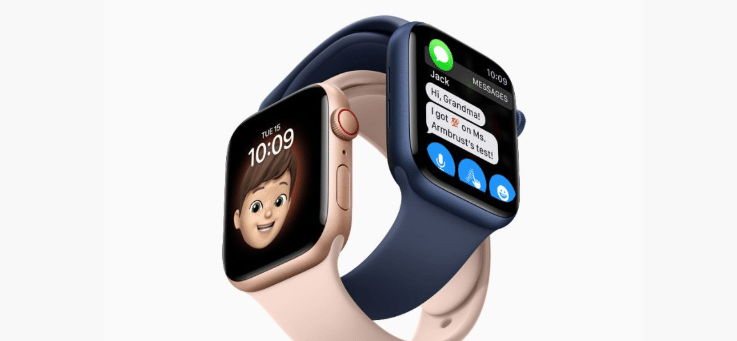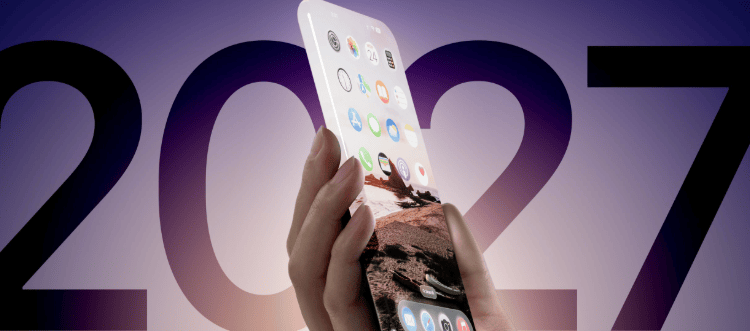- Technology Insights Daily
- Posts
- Low usage reported — iPhone 18 may eliminate the camera control button
Low usage reported — iPhone 18 may eliminate the camera control button
Blink, and you’ve already missed the next big thing. AI, automation, quantum computing—while you’re scrolling past headlines, others are leveraging new tech to get ahead. Instead of scrambling to catch up, why not have the latest breakthroughs delivered straight to you? These handpicked tech newsletters keep you ahead of the curve, so you never miss an innovation that could change everything. Stop playing catch-up—start leading the trend. Get Daily Tech Updates – Join Free 🚀
A rumor out of China suggests Apple may drop the Camera Control button starting with the iPhone 18 lineup, citing low user engagement as the main justification . First introduced on the iPhone 16 Pro as a convenience feature for quick photo access, this physical control hasn’t seen widespread adoption. Some reports claim suppliers have already been instructed to halt its production.. While the rumor remains unverified, it aligns with broader industry trends—transitioning toward software-defined interactions over hardware buttons . If Apple follows through, it would be one more example of trimming underperforming hardware to favor streamlined design and enhanced computational capabilities. However, neither Apple nor reliable supply chain analysts have confirmed the change, so it remains speculative for now.
SoftBank has agreed to invest $2 billion in Intel, securing roughly a 2% equity stake in the embattled U.S. chipmaker . Intel’s stock rose over 5% following the announcement, demonstrating investor confidence . SoftBank CEO Masayoshi Son framed the move as a strategic bet on expanding U.S. semiconductor manufacturing, while Intel’s new CEO, Lip-Bu Tan, welcomed the reinforcement for Intel’s turnaround efforts . This investment aligns with SoftBank’s broader AI and infrastructure push, augmenting its existing portfolio that includes stakes in Arm, OpenAI, and more . The infusion of capital arrives amid U.S. government interest in supporting domestic chip production, potentially making SoftBank a key ally in Intel’s recovery.
Leaked Apple code indicates that future Apple Watch models—likely those launching in 2026—may feature Touch ID for fingerprint authentication, representing a first for the wearable line . The same leak references a new processor architecture (codenamed T8320), suggesting a meaningful hardware overhaul . Touch ID would offer an alternative unlocking option alongside existing passcode and watch/iPhone unlock methods, providing enhanced security and user flexibility . While still speculative, the integration points to substantial usability and performance upgrades in the Apple Watch lineup—potentially marking the most significant redesign since the original Apple Watch launched. No official confirmation has been made, but developer findings signal real progress in testing these features.
Apple has released iOS 18.6.2 along with iPadOS 18.6.2 and macOS Sequoia 15.6.1, offering critical security updates that address an actively exploited vulnerability in the ImageIO framework, which handles image processing on the devices . Apple recommends that all users install the update immediately to protect their devices, as the vulnerability involves highly sophisticated attacks on targeted individuals . Forbes describes it as a rapid follow-up to iOS 18.6.1, underscoring the speed and seriousness with which Apple moved to patch the flaw . While it doesn’t add new features, the update reinforces Apple’s commitment to security—emphasizing ongoing vigilance in safeguarding user data.
iOS 26 introduces a dramatic new design language called Liquid Glass, characterized by translucent UI elements, increased transparency, and fluid animation. According to design expert Craig Hockenberry, the revamped Lock Screen—especially in Beta 6—is more transparent and edge-aware, which strongly suggests Apple is preparing developers for iPhones with minimal bezels and more immersive screens . This design shift aligns with speculation that Apple plans to release a bezel-free, potentially wraparound OLED iPhone by 2027. The Liquid Glass motifs offer both aesthetic refresh and strategic direction—a smooth transition toward hardware that visually matches the software’s seamless experience.
Don’t just scroll past breakthroughs in AI, automation, and quantum computing — get the most important updates delivered directly to you.
With our handpicked tech insights, you’ll spot new opportunities before others even notice them, helping you lead trends instead of chasing them.
That’s a wrap for today! Stay informed and ahead—catch us tomorrow for more insights. Forward 🔗 www.technologyinsightsdaily.com to a colleague who loves emerging tech.




